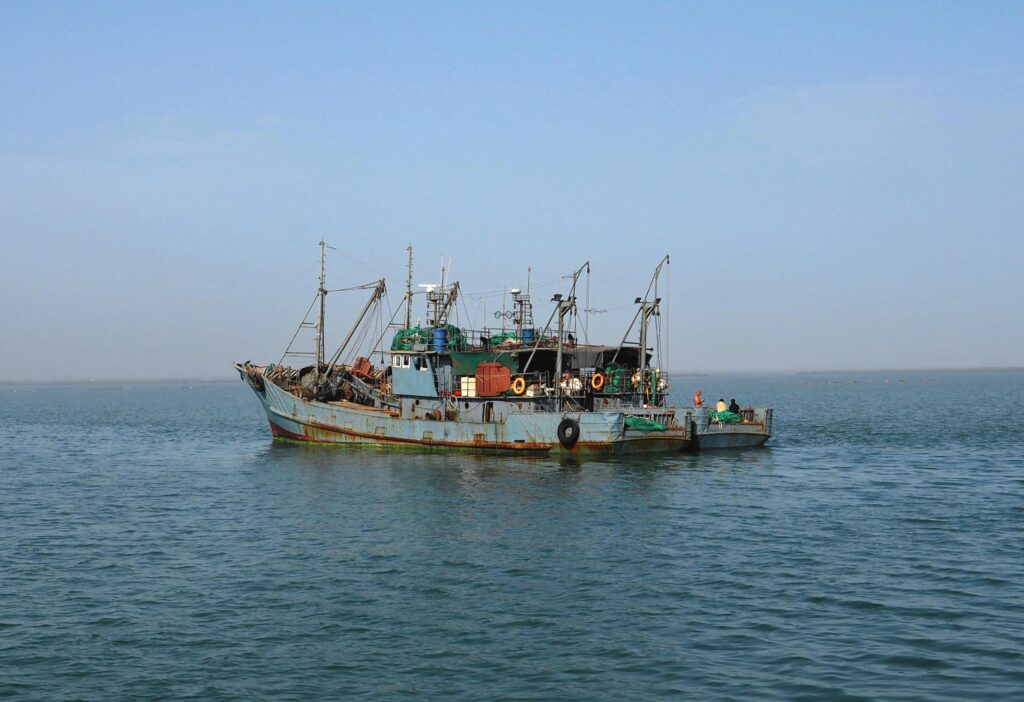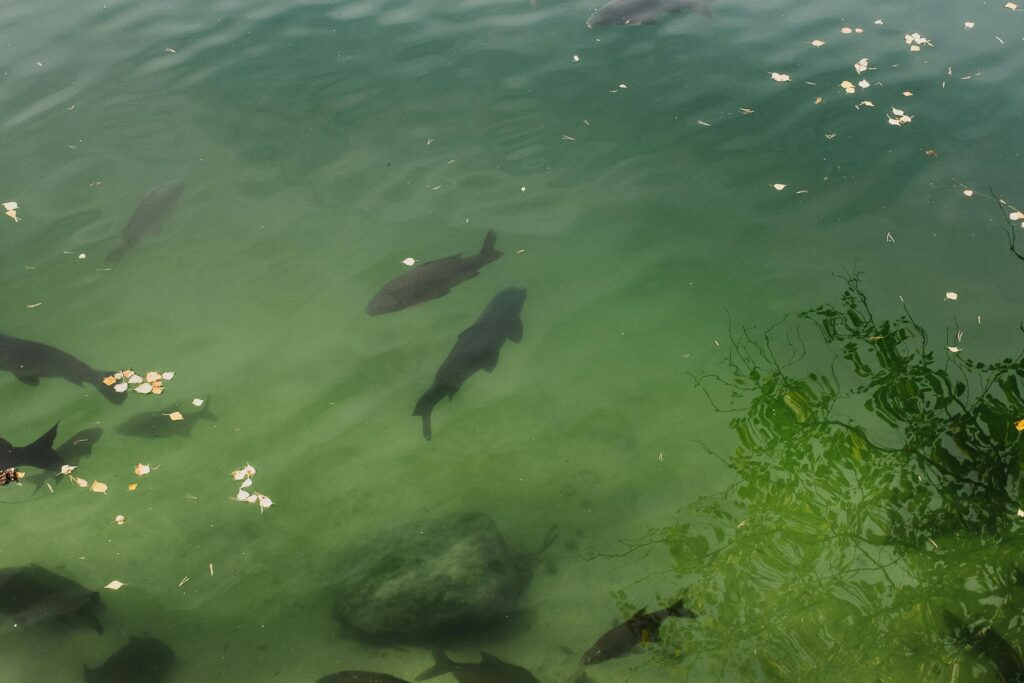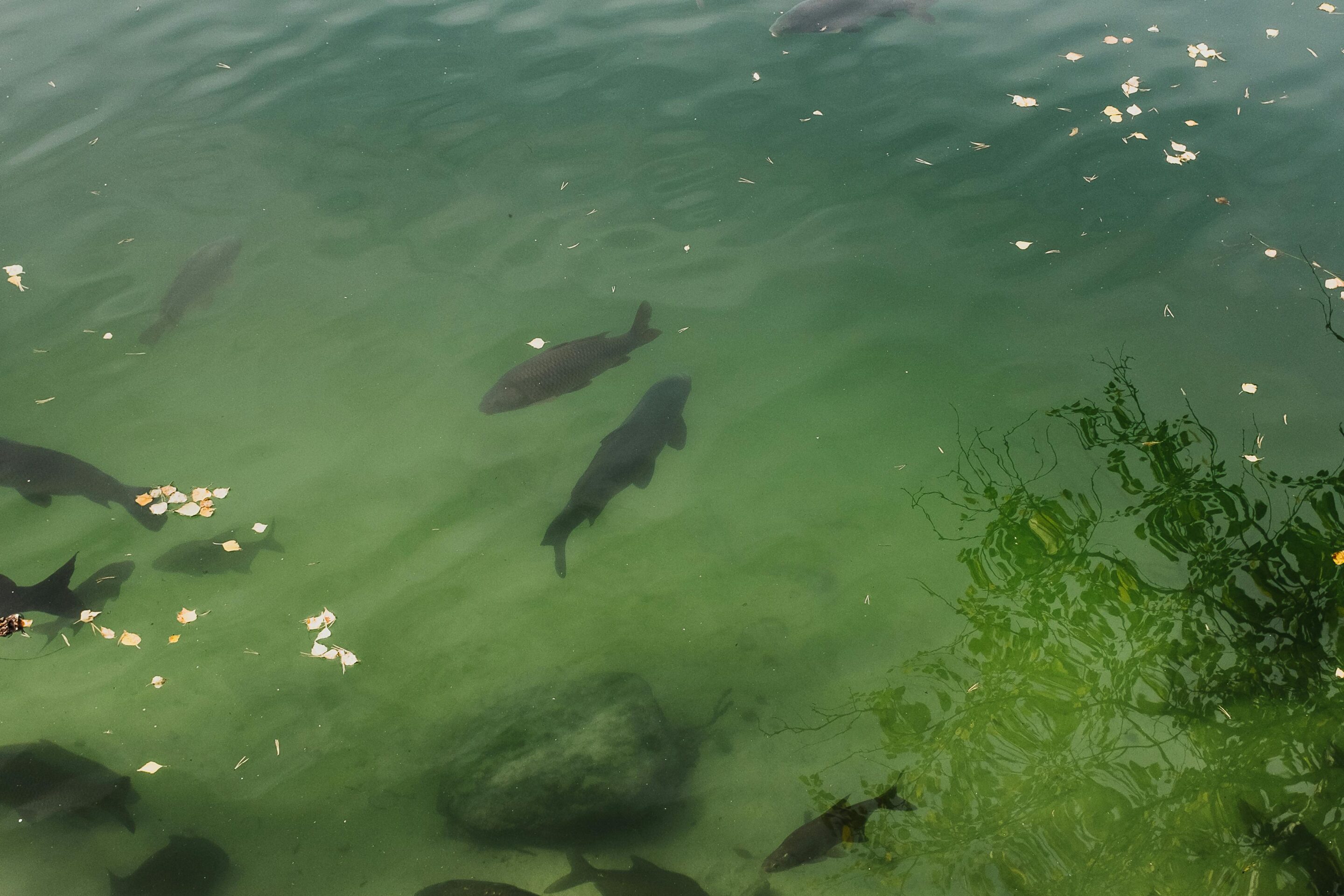Imagine yourself off the coast of Flamingo, Guanacaste, in the sparkling blue waters of Costa Rica, reeling in the catch of a lifetime. From the deck of a charter fishing boat, your hands skillfully guide the fishing line, positioned to attract the king of sportfish. You’re about to uncover the industry secrets to catching the elusive marlin like a seasoned local, using ultra-productive techniques fine-tuned in the heart of Costa Rica. Strap in and brace yourself as you prepare to transform your marlin fishing journey from dream to reality.
Understanding the Marlin Species in Costa Rica
Marlin fishing in Costa Rica offers a unique blend of excitement and beauty. Understanding the different species of Marlin that inhabit the warm tropical waters of Costa Rica will undoubtedly enhance your fishing experience.
Black Marlin
When you first see a black marlin, your heart might skip a beat. They’re one of the fastest fish, but don’t let that intimidate you. Their speed and power make them an exhilarating catch, something every angler should experience at least once. Black Marlins prefer warmer surface waters and have a tendency to leap and struggle when caught, providing a challenging activity for you.
Blue Marlin
The blue marlin, on the other hand, is a magnificent creature that’s not only sought by anglers for their size but also for their beauty. Known for their vibrant cobalt blue color, these fish are powerful and aggressive fighters, so you better be ready for a wrestling match once you hook one.
Striped Marlin
Striped Marlin are easily identified by their distinctive “stripes”. These fish are the most acrobatic of the Marlin family and are known to put on remarkable aerial displays once hooked. Though they’re usually smaller than their black and blue counterparts, they make up for it with their resilience, agility, and unique behavior.
Seasonality and Migration Patterns
Like many marine species, marlins have clear seasonality and migration patterns. Different species have varied peak seasons. Black and blue marlins are more abundant from May to December while striped marlins appear more frequently from January to April. Understanding these patterns is essential as it increases your chances of a successful catch.
Marlin Habitats
Marlins are pelagic fish, meaning they thrive in the open sea and are rarely found close to the shore. They prefer warmer surface waters and follow currents where food is abundant. Exploring the deep blue and encountering these spectacular species in their natural habitat adds to the overall adventure of marlin fishing in Costa Rica.
Choosing the Right Charter
Hiring a charter greatly contributes to your overall fishing experience. A good charter provides you not just a boat but expertise, equipment, and inside knowledge about the best fishing spots.
Benefits of Hiring a Local Charter
Local charters are run by experienced captains and crew who have been fishing in the area for years. Their hands-on knowledge about the local waters, weather conditions, and marlin behavior can significantly improve your chances of landing a good catch.
Important Features of a Reliable Charter
When selecting a charter, look out for specifics like the size and condition of the boat, available fishing equipment, safety measures, as well as the experience and reputation of the captain and crew. These factors can greatly influence your overall fishing experience.
Top Charters Located at Flamingo Marina
Flamingo Marina is a prime location for charter boats. The marina is home to experienced charter operators who focus solely on providing you with the best marlin fishing experience. It’s a hub of expertise, fishing enthusiasts, and premium service that ensures your fishing trip is memorable.

Equipping Yourself Properly
While enthusiasm is important, having appropriate equipment and gear is equally necessary for a successful fishing trip.
Important Fishing Equipment
Your fishing equipment largely depends on the size and type of marlin species you aim to catch. Large, sturdy rods, reels that can handle heavy lines, and strong hooks are generally recommended. A fighting belt or harness may also be helpful when reeling in a big catch.
Appropriate Clothing and Accessories
As an angler, you’re going to be exposed to the elements. Considering Costa Rica’s tropical climate, light, breathable clothing, a good sunhat, polarized sunglasses, and heavy-duty sunblock are highly advisable. Waterproof footwear can also add to your comfort on-board.
Safety Gear
Safety comes first. Life vests, first-aid kits, hand gloves, and eye protection are mandatory. Ensure your charter provider has a boat equipped with these items and more, like radios and GPS for navigation and emergency purposes.
Choosing the Right Bait and Lures
Choosing the right bait and lures can be game-changing. Marlins are highly predatory and are attracted to a variety of baits and lures.
Types of Bait
Live baits, particularly mackerel, bonito, or other medium-sized fish, are often utilized because marlin find them irresistible. However, ensure that using live bait follows Costa Rica’s fishing regulations.
Popular Lures
Artificial lures like plastic squid or replicas of baitfish can also be effective. Brightly colored lures often get good results, but it’s advisable to have a variety of lures as marlin can be choosy.
Choosing Based on Species and Season
Different species react differently to baits and lures, and their preference may change based on seasons and environmental conditions. Hence, a good understanding of species-specific behavioral patterns and seasons can enhance your chances of landing a marlin.

Mastering Casting Techniques
Casting effectively is a skill that can be honed over time. It’s not merely about throwing the line; precision and the right technique are crucial.
Basic Casting Techniques
For beginners, the overhead cast is common. It involves throwing the bait out into the water over your head. The bait’s weight carries the hook and line forward.
Advanced Casting Techniques
Advanced casting techniques involve baiting strategies and understanding marlin behavior. Techniques like ‘trolling’, where lines with baited hooks are dragged through the water, can be very effective.
Tips for Improving Accuracy
Practice makes perfect. Regularly practicing your casting, understanding wind direction, and learning how different baits alter the cast’s movement are all ways to boost your casting accuracy.
Developing Successful Reeling Techniques
Reeling a marlin in is a unique dance between you and the fish. It’s thrilling and requires a blend of strength, technique, and patience.
Importance of Patience
Patience in reeling can’t be overstated. Hooking a marlin certainly gets your adrenaline pumping, but it’s crucial not to try to reel it in too soon. Give the fish some time to tire itself out, then start reeling, but always be ready to let out some line if the fish makes another run.
How to Handle the Line
Hold the rod firmly and keep it pointed at the fish. Reel in when the fish isn’t pulling and let it out when it’s resisting. This play of give-and-take will eventually tire the marlin out.
Reeling in a Big Catch
When you’ve got a big catch on your line, teamwork plays a significant role. Following your captain or guide’s instructions can make the process smoother and increases the chance of a successful catch.

Understanding Marlin Behavior and Feeding Habits
Understanding your adversary is a major part of any game, and fishing is no different.
Behavioral Traits of Marlin
Marlins are solitary hunters and usually rely on speed and their streamlined bodies to chase down their prey. They’re known to be aggressive, especially when hooked, and often leap or dash to escape.
Feeding Patterns
Marlin’s diet primarily consists of smaller fish and squids. Feeding generally happens near the surface during dusk and dawn when their prey is most active.
Using Behavior to Your Advantage
Recognizing marlin’s common behaviors, their preferred food, or hunting grounds, can help you plan your fishing strategy. For instance, trolling near the surface at dawn or dusk can increase your chance of attracting a marlin.
Efficient Use of Fishing Electronics
In the modern world, fishing involves the use of technology. Electronics can help you find fish effectively and navigate better.
Fish Finders
Fish finders help detect the presence of fish in the water by using sonar. They can give you a considerable edge while fishing in the vast open sea by pointing you in the right direction.
GPS Units
GPS units are used for navigation. They save you from the risk of getting lost, help you locate prime fishing spots, and can guide you back to these spots on your future trips.
Sonar Equipment
Sonar equipment is used to scan the sea bed structure and identify changes in water temperature and currents – all of which can influence marlin location. It’s a potent tool for finding the perfect spot to cast your line.
Practice Conservation
While enjoying the thrill of marlin fishing, it’s crucial to respect these magnificent species and the environment they live in.
Catch and Release Techniques
Catch and Release is a practice adopted globally by anglers to preserve fish populations. It involves careful handling of the caught fish and releasing them back into the water in a manner that minimizes harm and stress.
Minimizing Harm to Fish
Ensure your gear is designed for catch and release. Circle hooks are often recommended over J-hooks as they cause less injury. Reviving the fish before release by letting water run over its gills is also crucial.
Understanding Costa Rican Fishing Regulations
Being aware of and abiding by the local fishing regulations is part of a responsible angler’s duty. Costa Rican regulations place a high emphasis on conservation, so make sure to follow the rules and respect the environment.
Wrap up
Fishing for marlin is a challenging yet rewarding experience that combines skill, patience, and a dash of luck. Understanding the fish, mastering the techniques, and respecting the species and its environment are key to a memorable fishing experience.
Marlin fishing in Costa Rica, specifically out of the Flamingo Marina, also immerses you into a sportfishing culture that’s abuzz with camaraderie and shared respect for these magnificent fish. So gear up, cast your line, and embrace the thrill of the sea!











0 Comments